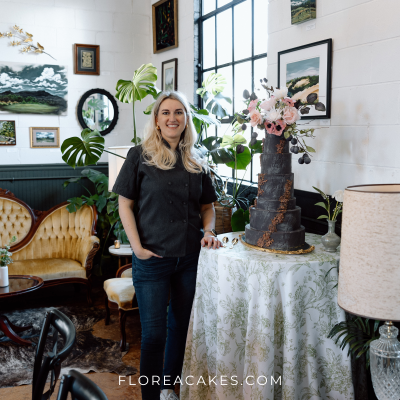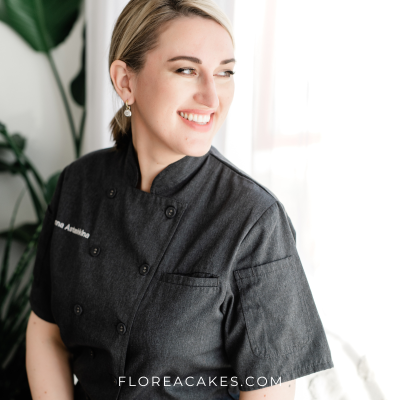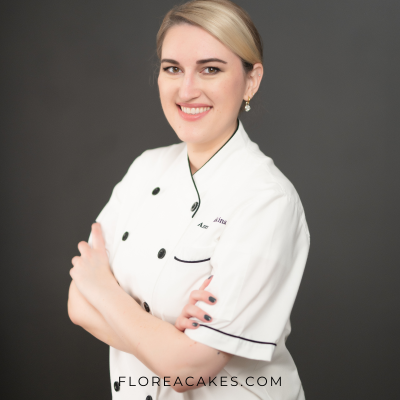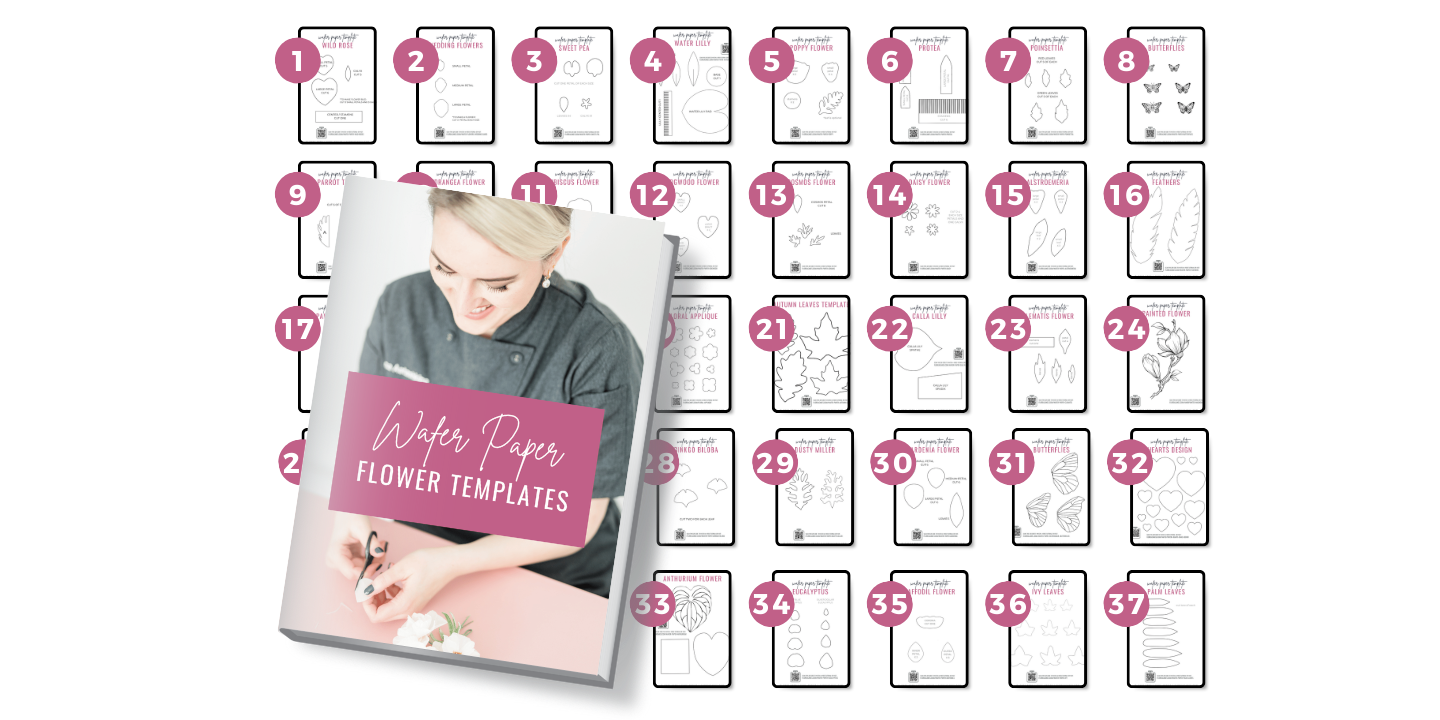Starting your cake business on the side is smart, but at some point, you start wondering, “Could this be my full-time job?” It’s a big question. And it deserves an honest, no-fluff answer.
Here’s what it really takes to leap and how to know when the time is right.
Signs You're Ready to Go Full-Time
You’re Consistently Booking Clients
If you’re turning down orders or feeling overwhelmed by inquiries, that’s not just a good problem—it’s a sign your business is working. You’ve moved past the “hobby” phase. If people are finding you, trusting you, and paying for your cakes regularly, it means you’re already doing the hard part, which is generating demand. At this point, staying part-time might be holding your growth back.

Your Income Is Replacing (or Exceeding) Your Day Job
You’ve run the numbers, and it’s not just “fun money” anymore. If your cake income is covering your regular expenses or even exceeding your day job salary, that’s serious momentum. But this only counts if you’re tracking everything—your ingredient costs, delivery time, admin hours, and profit margins. Wedding cakes are high-effort and high-reward, so if you’re consistently earning well after expenses, that’s a green light.
You’re Running Out of Time and Energy
If every Thursday through Saturday is fully booked, and you’re still trying to keep up with your 9–5, something has to give. Wedding cakes require hours of prep, delivery logistics, and constant client communication. If you’re baking late into the night or skipping rest days, burnout’s around the corner. That’s a sure sign that your side hustle has become your real job. And a sign to consider going all in.
What to Have in Place Before You Quit Your Day Job
A Solid Business Foundation
Baking beautiful cakes is just one piece of the puzzle. If you want this to work long-term, you need a proper foundation. That means:
- Licenses and food permits (especially if you plan to deliver to venues)
- Legal structure (LLC, insurance, taxes-handle it early)
- Clear contracts and policies that protect you
- A smooth booking system: inquiries, payments, timelines, delivery details-everything needs to run without chaos
Before you even think about going full-time, make sure the back end of your business is just as solid as the front.You can read my tips on having a contract in place here, and don’t forget to check out my Cake Business Blueprint–it includes ready-to-use templates, pricing tools, and everything you need to protect your business from day one.
3–6 Months of Savings (Minimum)
Quitting your job without savings can lead to unnecessary stress. Having 3 to 6 months of living expenses set aside helps cover gaps during slow periods, protects you from cancellations, and gives you time to adjust as your business grows.
A Clear Plan for Growth
If you’re serious about going full-time, you need a plan for bringing in new clients and keeping the momentum going. Will you connect with local planners? Do wedding fairs? Build referral partnerships? Show up consistently on Instagram or TikTok?
Also, make sure your pricing supports your full-time life. If you’re not charging enough to pay yourself and cover costs, now is the time to fix it. Don’t wait until you’ve quit your job to realize your business model isn’t sustainable.

What Full-Time Looks Like (The Realities)
You’re in Charge of Everything
When it’s your full-time gig, there’s no “someone else” to figure things out. You’re the baker, the admin, the delivery driver, the social media manager, the customer service rep, and the person who has to fix the fridge when it breaks the night before a wedding. It’s empowering, but also exhausting if you don’t have systems in place. Complete freedom comes with full responsibility.
There Will Be Highs and Lows
Some weeks, you’ll feel on top of the world with dream clients, beautiful cakes, and glowing reviews. Other times, it’s silence. Or a nightmare delivery. Or a client who ghosts you. Income will fluctuate, and emotions will, too. And that’s normal. You’ll learn to ride the wave, and you’ll build confidence by surviving the hard parts.
Flexibility, Freedom… and Responsibility
Yes, you can take Tuesday off. Yes, you can bake in your pajamas. But flexibility only works if you stay disciplined. Wedding cakes have tight timelines. You can’t miss a delivery because you’re not feeling it. You’re the boss now, which means everything depends on you showing up, no matter what.

How to Make the Transition Smoother
Gradually Reduce Hours at Your Day Job (If Possible)
If you can go part-time or reduce your hours, do it. It gives you space to take on more orders without the full pressure of going all-in too soon. Use that time to fine-tune your systems, book more weddings, and build a financial cushion before you make the leap.
Streamline Your Processes
Your systems need to work like clockwork. Automate what you can, like quotes, contracts and emails. Set up templates, use scheduling tools, and standardize your workflows. The less time you spend on admin, the more time you can spend baking (and resting).

Get Support
Running a cake business solo is a lot. Ask for help when you need it—whether that’s hiring delivery help, outsourcing design work, or just having someone watch your kids while you prep. Help might come in different shapes depending on your lifestyle, but you don’t have to do it all alone. Having support will make the jump feel way less overwhelming.
Making the Leap with Confidence
Going full-time with your wedding cake business isn’t about having it all figured out. It’s about having a strong foundation, a realistic plan and the willingness to grow into it. It’s a big step. But if you’ve built demand, priced for profit and prepared for the shift, you’re not just taking a risk, you’re making a move with intention.
And if you want extra support getting everything in place, the Cake Business Blueprint is there to guide you. It’s packed with templates, tools, and training to help you go from side hustle to sustainable full-time business, without burning out or second-guessing every decision.






